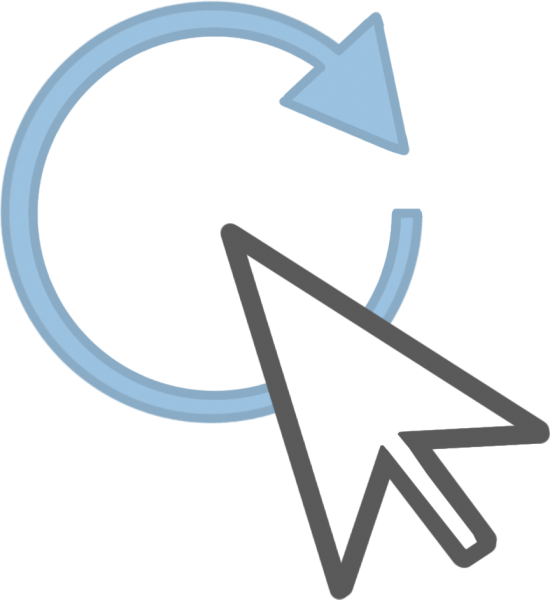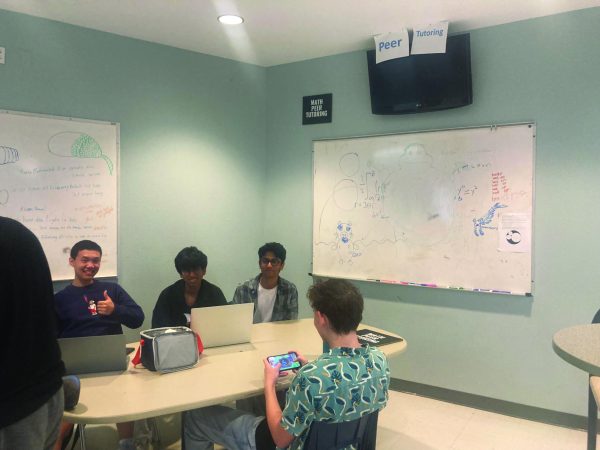IN-DEPTH: Advocating for Change: Gen Z and the World of Activism
February 24, 2021
From the Civil Rights movement to the Vietnam War, youth activists have often been an important part of reform. But suffice to say, today’s young people aren’t living in the ‘50s, ‘60s or ‘70s. Generation Z is living in a different decade comprised of its own challenges and ways of doing things.
Generation Z is defined by the Pew Research Center as any person born after 1997. This means that Generation Z, often referred to as “Gen Z,” has lived their entire lives in a world run by the internet; according to a 2018 Pew Research Center poll, 97% of teens use at least one social media platform. According to Dr. Erica Ciszek, assistant professor at the University of Texas Stan Richards School of Advertising and Public Relations, Generation Z’s activism can span the entirety of the political spectrum.
“I think of multiple forms of activism on a spectrum,” Ciszek said, “so it could be politically and socially progressive activism, or it could be also what we’re seeing in terms of white supremacy activism and anti-semitic activism and insurgency. You can see that, right now, really, really loudly as it relates to digital media like Parler and Twitter. And if you look at the footage from the past couple days in DC, there are quite a few Gen Z-ers in that space.”
Ciszek was not alone in bringing up how digital media affects activism. According to AP Government and Constitutional Law teacher Ronny Risinger, technology has completely transformed activism.
“The social media landscape has fundamentally changed everything we know about politics,” Risinger said. “For example, you can use an app called Act Blue — the Democrats used that app to raise millions and millions of dollars. So contributing to a candidate that you support anywhere in the nation can be done with a literal click of a button.”
Former student and youth activist Conor Heffernan helped plan Austin’s March For Our Lives in 2018 to protest gun violence in schools. According to him, social media played a key role in planning that event.
“We had a Facebook event and that’s where we got a lot of the attention for the event,” Heffernan said. “We also did a whole lot of local press.”
Social media has become an important forum for disseminating information. According to senior Abby Greendyk, the Austin Climate Coalition (ACCo), of which she is a co-leader, is active in the digital media landscape for that particular reason.
“Having, for example, Instagram or our website or our Facebook page is really important right now,” Greendyk said. “Especially as the social media activism world grows and people are looking for things to get involved in and information and resources…we’d like to be able to be a source of information for people.”
Activism Club leader Jaelin Su described actions they’ve taken that utilize social media. For example, Su and the club made an email template that students could send to Austin Independent School District’s (AISD) superintendent to speak out against AISD’s policies towards teachers. According to Su, the Activism Club sends out informative posts over Instagram that they hope will increase exposure to certain issues.
“We take an issue that we care about, and then we like to research and find information and stats or whatever, and then decide how we want to share it,” Su said.
According to Ciszek, social media can also change how Generation Z’s level of political engagement is perceived. While there is not much data to show whether Generation Z is more or less politically active than other generations, their actions are more visible.
“I’m not sure numerically if this particular generation is more active, I think the tools that each generation utilizes…their activist efforts vary depending on whatever platforms and technologies are available at the time,” Ciszek said. “I think with Gen Z, what we’re seeing is a lot of the activism is very visible because it is digital and in digital media and social media, so I think that we’re more attuned to it within our current technological landscape.”
But social media isn’t the only way youth activists are campaigning for different issues. Senior and Youth and Government club leader Pearl Morosky lobbied for gun control legislation. Morosky lived in Newtown, CT, at the time of the Sandy Hook school shooting.
“We were trying to get them to pass universal background checks, for example, but our role there was kind of more just telling our story and about how gun violence affected our lives,” Morosky said.
Young activist groups, like the Austin Liberation Youth Movement (ALYM), also help plan protests, demonstrations and charity projects. Krupali Kumar, one of the leaders of ALYM, described their various programs.
“We planned a mutual aid project for folks living under the I-35 bridge,” Kumar said. “We just provided them with a couple necessary resources. We’ve also hosted some online things.e participated in a webinar/activism workshop, where we worked with other teenagers and taught them how to effectively engage in digital activism and not make it performative and how to transform that digital activism into direct action.”
Youth activists also utilize connections to other activist groups. According to Kumar, connections with other like-minded organizations was how ALYM started out, and continuing those connections has helped them to grow.
“After sort of building connections with them, we were able to establish our credibility in Austin, and that kind of opened up more opportunities for us to collaborate with other organizations,” Kumar said.
Connections also encourage others to form their own activist groups. Su decided to form the activism club after being mentored by Brave Communities, an organization that helps young women build leadership skills.
“Personally, I needed somebody who was already involved in it or had already gone through that to help me figure out the process of realizing where I am at in my understanding of the world and figuring out things that I could do,” Su said.
Mentorship programs aren’t the only way to find help. According to Risinger, getting involved in political parties or campaigns is a very good way to start building connections.
“Through the political parties, you meet the operatives that are involved, and you can use them as a network to build out broader contacts,” Risinger said.
However, according to Cisek, that’s not all prospective youth activists should be thinking about. She said young people should also be strategic about their goals.
“Think strategically about what you’re trying to accomplish and who you can align yourself with,” Ciszek said. “What coalitions can you build across movements? And thinking of the tools that you have at your disposal, also looking back historically as to what others have done and has worked and what hasn’t worked.”
Not only that, but constantly working towards your goal is important, according to Heffernan. Just doing one action won’t lead to long-term results, he said.
“A big event is great, but it won’t get the job done.” Heffernan said. “If you really want to get the job done, you got to be persistent and you have to be ready to be patient, you have to put the work in for a long period of time.”
Motivation can be difficult to maintain, according to Morosky. She said it can feel frustrating when a seemingly reasonable piece of legislation is faced with large opposition from powerful advocacy groups like the National Rifle Association.
“There’s just tons and tons of work to be done,” Morosky said. “It can feel very difficult to keep moving forward when it feels like you’re kind of always just fighting for the tiniest little piece of legislation, and there’s just so much opposition to it.”
It can also be hard for youth activists to make headway because of their age. Former Liberator editor Aaron Booe, who is also one of the leaders of the ALYM, said that young people face the challenge of being dismissed.
“I feel like a lot of us are in that mindset to where it’s really easy to dismiss young people, especially young people of color, whenever they try to engage in some form of direct action against the system,” Booe said.
Regardless of its challenges, Su believes that activism is a very important subject for young people to get into. After all, it’s their future.
“It’s up to us at this point to create the world that we want to live in and make progress toward the world that we want for us and generations after us,” Su said.










